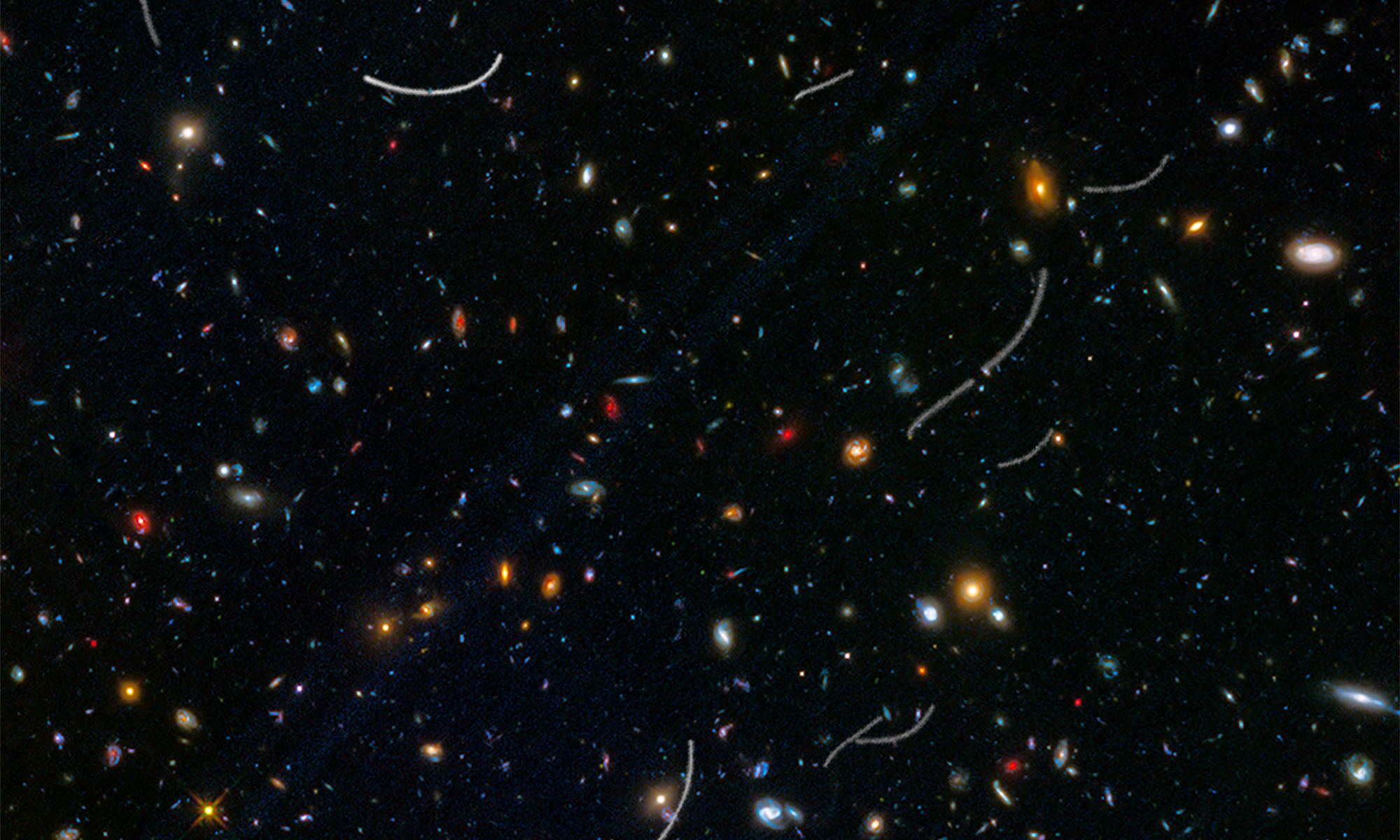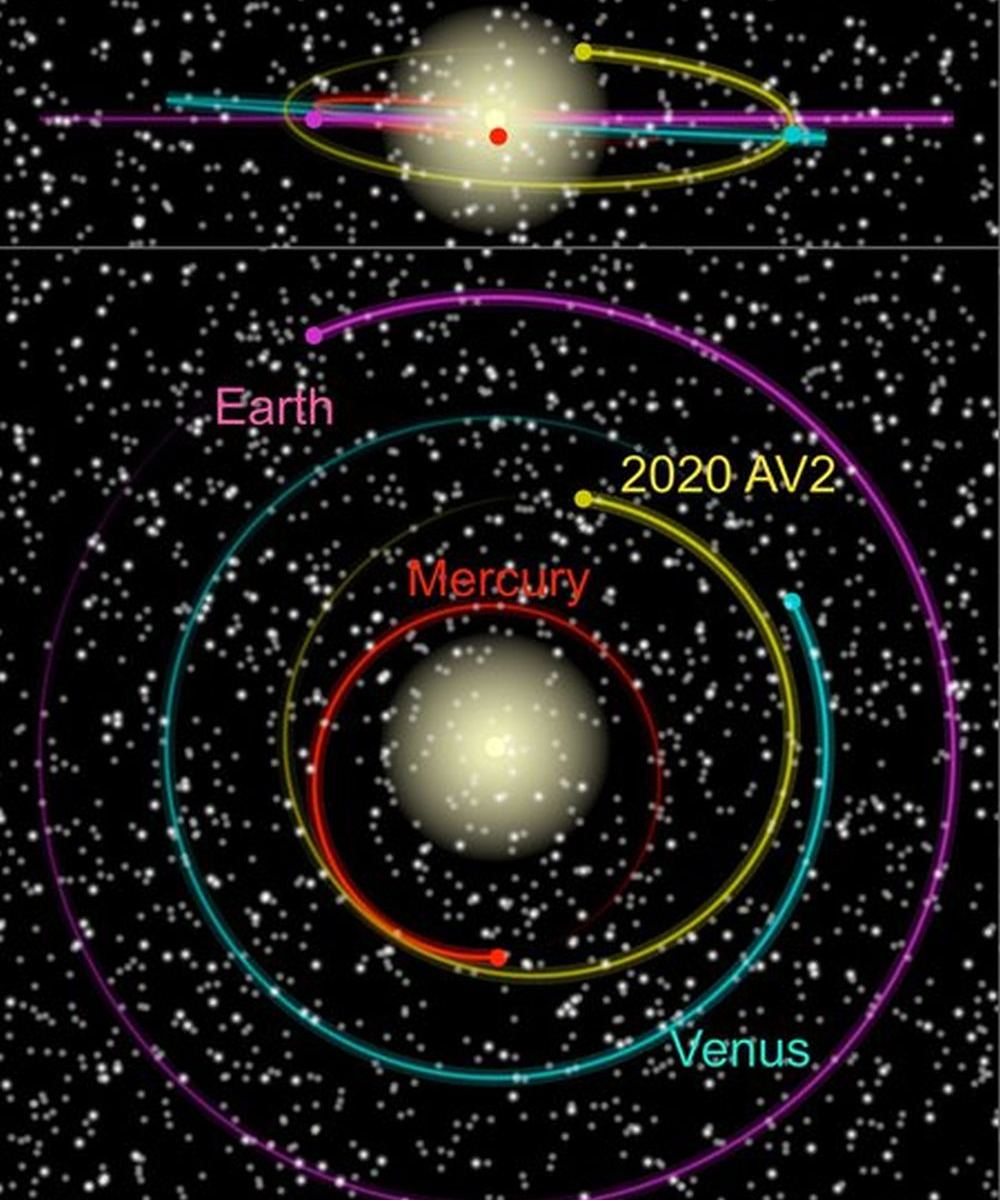Astronomers at Caltech’s Zwicky Transient Facility (ZTF) have discovered an asteroid that orbits inside Venus. Though other asteroids have a portion of their orbit inside Venus’, this is the first one with an orbit that is completely inside Venus’ orbit. The new object is named 2020 AV2.
Continue reading “An Asteroid has been Found that Orbits the Sun Closer than Venus”The Site Has Been Chosen! Here’s Where OSIRIS-REx is Going To Take a Sample from Bennu
NASA has chosen the sampling site for its OSIRIS-REx spacecraft. After narrowing it down to four potential sites and examining them in detail, they’ve settled on one location. Their choice? Nightingale.
Continue reading “The Site Has Been Chosen! Here’s Where OSIRIS-REx is Going To Take a Sample from Bennu”It’s Time to Decide. Where Should OSIRIS-REx Take a Sample from Bennu?
NASA’s OSIRIS-REx arrived at asteroid Bennu in December 2018. During the past year, it’s been imaging the surface of the asteroid extensively, looking for a spot to take a sample from. Though the spacecraft has multiple science objectives, and a suite of instruments to meet them, the sample return is the key objective.
Now, NASA has narrowed the choice down to four potential sampling locations on the surface of the asteroid.
Continue reading “It’s Time to Decide. Where Should OSIRIS-REx Take a Sample from Bennu?”Comets and Interstellar Objects Could be Exporting Earth Life Out into the Milky Way

For over a century, proponents of Panspermia have argued that life is distributed throughout our galaxy by comets, asteroids, space dust, and planetoids. But in recent years, scientists have argued that this type of distribution may go beyond star systems and be intergalactic in scale. Some have even proposed intriguing new mechanisms for how this distribution could take place.
For instance, it is generally argued that meteorite and asteroid impacts are responsible for kicking up the material that would transport microbes to other planets. However, in a recent study, two Harvard astronomers examine the challenges that this would present and suggest another means – Earth-grazing objects that collect microbes from our atmosphere and then get flung into deep-space.
Continue reading “Comets and Interstellar Objects Could be Exporting Earth Life Out into the Milky Way”Hayabusa 2 has one Last Lander it’s Going to Throw at Ryugu
On June 27th, 2018, the Japanese Aerospace Exploration Agency‘s (JAXA) Hayabusa2 spacecraft reached asteroid 162173 Ryugu. As part of JAXA’s program to study Near-Earth Asteroids (NEAs), this mission has spent over a year conducting landing operations, shooting up the surface with “bullets” and an anti-tank warhead, and collecting samples from the surface and interior that will eventually be returned to Earth.
This past Monday (Sept. 16th), Hayabusa2 released two target markers as part of its “target marker separation operation” (which ran from Sept. 12th to Sept. 17th). This consisted of two 10 cm (4 in) balls covered in reflective material being released in orbit around Ryugu. This operation puts the mission a step closer to the deployment of the mission’s MINERVA-II2 Rover-2, which will be landing on the asteroid’s surface next month.
Continue reading “Hayabusa 2 has one Last Lander it’s Going to Throw at Ryugu”Metallic Asteroids Might Have Had Volcanoes Erupting Molten Iron. That’s So Metal

Remember the asteroid Psyche? It’s the largest known asteroid in the asteroid belt between Mars and Jupiter. It’s been in the news because of its unusual properties, and because NASA plans to launch a mission to Psyche in 2022.
Psyche, aka 16 Psyche, is unusual because it’s quite different from other asteroids. Psyche appears to be the remnant, exposed nickel-iron core of an early planet. Because of that, Psyche is a building block left over from the early Solar System, when planets were still forming. It’s like a planet without a crust.
Continue reading “Metallic Asteroids Might Have Had Volcanoes Erupting Molten Iron. That’s So Metal”Watch this Amazing Video of Hayabusa 2 Picking Up a Sample from the Surface of Ryugu

A new video shows Japan’s Hayabusa 2 sample return spacecraft collecting samples from asteroid Ryugu. The spacecraft has been at Ryugu for months now, and it’s all been leading up to this. In the video, you can clearly see airborne asteroid dust and particles swirling around in the low gravity.
Continue reading “Watch this Amazing Video of Hayabusa 2 Picking Up a Sample from the Surface of Ryugu”Asteroid 2006 QV89 Now Has a 0% Chance of Hitting Earth in September

Why report on an asteroid that has no chance of hitting Earth? Because this asteroid, known as 2006 QV89, has a history. A history of being kind of hard to track.
Continue reading “Asteroid 2006 QV89 Now Has a 0% Chance of Hitting Earth in September”Hubble is the Ultimate Multitasker: Discovering Asteroids While it’s Doing Other Observations

It looks like a poster of the famous Hubble Deep Field, marked with white streaks by a child, or put away carelessly and scratched in the process. But it’s not. The white streaks aren’t accidents; they’re the paths of asteroids.
Continue reading “Hubble is the Ultimate Multitasker: Discovering Asteroids While it’s Doing Other Observations”The Japanese asteroid-hunter had another photo opportunity when it dropped a target marker on asteroid Ryugu
The Japanese Aerospace Exploration Agency‘s (JAXA) has made some impressive feats in recent years. Roughly one year ago, and following in the footsteps of its predecessor, their Hayabusa2 spacecraft successfully rendezvoused with a Near-Earth Asteroid (NEA) – 162173 Ryugu. Since then, it has been collecting samples from the surface in the hopes of learning more about the formation and evolution of the Solar System.
Just a few months after the spacecraft created an artificial crater with an anti-tank warhead, the spacecraft has once again descended close to the asteroid to drop another target marker. This maker, a reflective sphere that contains the names of people who’ve supported the mission, will provide a visual guide as the spacecraft attempts to collect its second sample of material from the asteroid’s surface.
Continue reading “The Japanese asteroid-hunter had another photo opportunity when it dropped a target marker on asteroid Ryugu”




